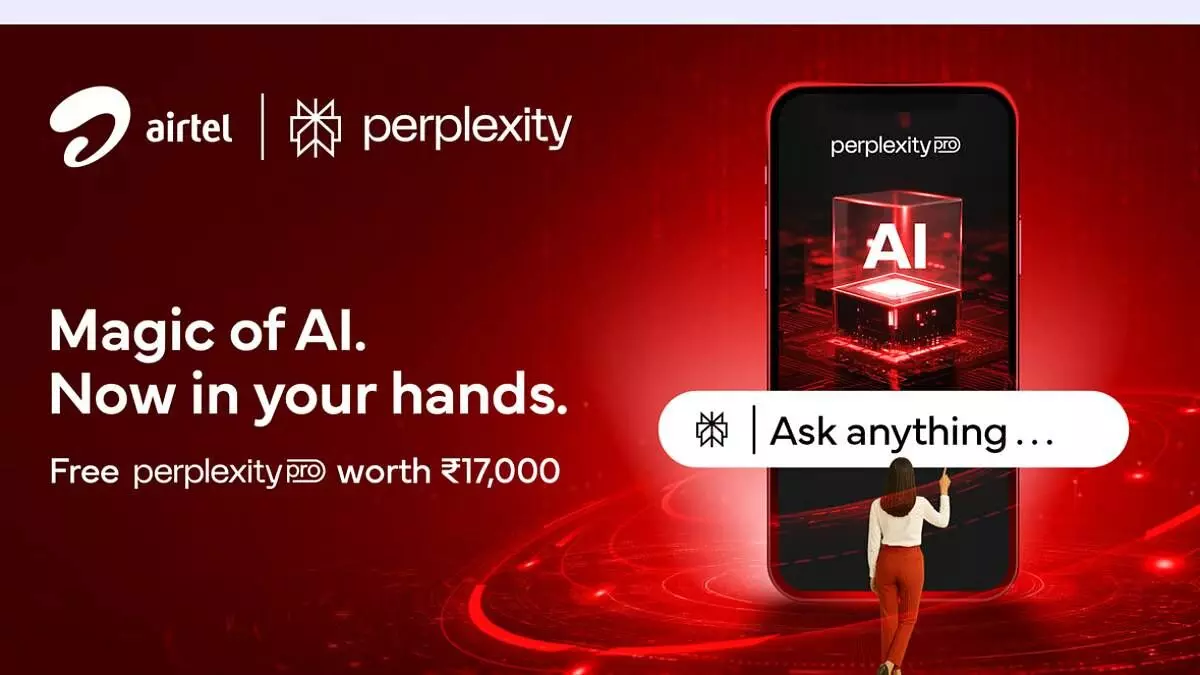In the decentralized world of blockchain, trust isn’t granted; it’s earned through complex algorithms. At the heart of every blockchain network lies its consensus mechanism, the sophisticated set of rules that allow a distributed network of computers (nodes) to agree on the validity of transactions and the integrity of the shared ledger. Without these mechanisms, a blockchain couldn’t function, as there would be no way to prevent double-spending or ensure that all participants have the same, accurate record of events.
As of June 2025, from bustling tech hubs like Mumbai to global financial centers, the importance of robust and efficient consensus mechanisms is paramount. They dictate a blockchain’s security, speed, and decentralization – the three pillars of the “blockchain trilemma.” Understanding these foundational protocols is key to grasping the power and potential of Web3.
Let’s delve into the top 5 consensus mechanisms that are shaping the blockchain landscape, exploring their unique features, diverse use cases, and what we can expect from them in the years to come and consensus mechanisms.
What is a Blockchain Consensus Mechanism?
A consensus mechanism is essentially the decision-making protocol that ensures all participants in a decentralized network agree on a single, true state of the blockchain. It’s how new blocks of transactions are validated and added to the chain, preventing malicious actors from altering data or spending the same digital asset multiple times (the “double-spending problem”). Different consensus mechanisms achieve this agreement through various approaches, each with its own trade-offs.

The Top 5 Consensus Mechanisms Driving Blockchain
1. Proof of Work (PoW)
- How it Works: PoW is the original consensus mechanism, famously used by Bitcoin. Miners compete to solve a complex cryptographic puzzle. The first miner to find the solution gets to add the next block to the blockchain and is rewarded with cryptocurrency. This “work” is computationally intensive, making it difficult and expensive for malicious actors to dominate the network.
- Key Features:
- High Security: Extremely resilient to attacks (e.g., 51% attacks) due to the immense computational power required to compromise the network.
- Decentralization: Open to anyone with mining hardware, fostering a broad distribution of power.
- Energy Intensive: Requires substantial electricity, a major point of criticism.
- Slower Transaction Speed: Block creation is relatively slow (e.g., Bitcoin’s 10-minute average).
- Use Cases: Primarily used for cryptocurrencies intended as a store of value or peer-to-peer electronic cash, where maximum security and decentralization are paramount.
- Examples: Bitcoin (BTC), Litecoin (LTC), Monero (XMR).
- Future Prediction: While energy concerns persist, PoW’s security and battle-tested nature will likely keep it relevant for specific use cases, especially for digital gold. Innovations in energy efficiency (e.g., renewable energy mining) might mitigate some environmental concerns and consensus mechanisms..
2. Proof of Stake (PoS)
- How it Works: PoS emerged as an energy-efficient alternative to PoW. Instead of competing with computing power, validators “stake” (lock up) a certain amount of the network’s cryptocurrency as collateral. The protocol then randomly selects a validator to create the next block, with the probability of selection proportional to the amount staked. Malicious behavior leads to the loss of staked tokens (slashing).
- Key Features:
- Energy Efficient: Drastically reduces energy consumption compared to PoW.
- Faster Transactions: Generally allows for quicker block finality.
- Scalability Potential: Easier to implement sharding and other scaling solutions.
- Lower Barrier to Entry: Doesn’t require expensive mining hardware, encouraging broader participation.
- Use Cases: Powering a wide range of decentralized applications, DeFi, and NFTs, where scalability and lower fees are critical.
- Examples: Ethereum (ETH) (post-Merge), Solana (SOL – uses a variant), Cardano (ADA).
- Future Prediction: PoS is increasingly becoming the dominant consensus mechanism for new blockchains and is expected to see continued innovation in scalability, security, and decentralization techniques (e.g., liquid staking, decentralized staking pools) and consensus mechanisms..
3. Delegated Proof of Stake (DPoS)
- How it Works: DPoS is a variation of PoS designed for even greater efficiency. Token holders vote for a smaller, fixed number of “delegates” or “witnesses” (often around 21-100) who are responsible for validating transactions and producing blocks. These delegates are essentially elected representatives who maintain the network.
- Key Features:
- High Speed & Scalability: By limiting the number of block producers, DPoS achieves very fast transaction processing times and high throughput.
- Low Transaction Fees: Fewer validators mean lower operational costs, which translates to lower fees for users.
- Democratic Governance: Token holders directly influence the network’s operations through voting.
- Potential Centralization: While democratic, the small number of delegates can lead to concerns about centralization compared to pure PoS.
- Use Cases: Ideal for applications requiring extremely high transaction volumes and low latency, such as decentralized exchanges, social media platforms, and gaming.
- Examples: EOS (EOS), TRON (TRX), BitShares (BTS).
- Future Prediction: DPoS will continue to be a strong choice for networks prioritizing speed and scalability, especially in areas like GameFi and high-frequency dApps. Efforts will focus on improving delegate accountability and mitigating centralization risks and consensus mechanisms..
4. Proof of Authority (PoA)
- How it Works: PoA relies on a small, pre-selected group of trusted validators who are authorized to create new blocks. These validators are known entities with a reputation at stake, and their identities are typically publicly verifiable. This mechanism prioritizes performance and security within a permissioned environment.
- Key Features:
- High Performance: Extremely fast transaction speeds and high throughput due to the limited number of trusted validators.
- Energy Efficient: Requires minimal computational power.
- Strong Security (in permissioned contexts): Highly resistant to attacks because validators are known and accountable.
- Centralized: By its nature, PoA is more centralized than PoW or PoS, as it relies on a trusted few.
- Use Cases: Primarily used in private or consortium blockchains, enterprise solutions, and test networks where identities are known and trust is established.
- Examples: VeChain (VET), POA Network (now part of xDai Chain), many enterprise blockchain deployments (e.g., in supply chain).
- Future Prediction: PoA will remain a crucial consensus mechanism for enterprise-grade blockchain solutions and specialized permissioned networks where control, compliance, and performance are prioritized over complete decentralization and consensus mechanisms.
5. Practical Byzantine Fault Tolerance (pBFT)
- How it Works: pBFT is a Byzantine Fault Tolerant (BFT) consensus mechanism that allows a distributed network to reach consensus even if some nodes are malicious or fail to respond. It involves a leader node proposing a block, and other nodes (replicas) agreeing on its validity through multiple rounds of communication. Consensus is reached when a supermajority (e.g., 2/3 + 1) of honest nodes agree.
- Key Features:
- High Fault Tolerance: Can withstand up to one-third of malicious or faulty nodes.
- Fast Finality: Transactions are confirmed almost instantly after consensus is reached.
- Energy Efficient: Doesn’t require intensive computation like PoW.
- Scalability Limitations: Communication overhead increases significantly with a larger number of nodes, making it less suitable for very large public networks.
- Use Cases: Commonly used in consortium blockchains and private networks, as well as some public blockchains that can manage a limited number of validators.
- Examples: Hyperledger Fabric (various consensus plugins, including Raft which is BFT-inspired), Tendermint (used by Cosmos SDK), Zilliqa (uses a hybrid approach including pBFT).
- Future Prediction: pBFT and its variants will continue to be vital for private and consortium blockchains, particularly in financial services and supply chain, where strong fault tolerance and immediate transaction finality are non-negotiable. Research will focus on improving its scalability for broader application and consensus mechanisms..
The Future of Consensus Mechanisms: Hybridity and Specialization
The evolution of consensus mechanisms is far from over. As blockchain technology matures and finds diverse applications, we can anticipate several key trends:
- Hybrid Models: The future will likely see more hybrid consensus mechanisms that combine the strengths of different approaches to mitigate their weaknesses. For example, a blend of PoS for security with a BFT-like finality layer for speed.
- Scalability Innovations: With demand for blockchain soaring (even here in Mumbai, adoption is growing), continued focus will be on improving transaction throughput through methods like sharding (splitting the blockchain into smaller, manageable parts) and Layer 2 solutions, which complement the base consensus mechanism.
- Sustainability: The environmental impact of PoW has pushed PoS to the forefront. Future consensus mechanisms will prioritize energy efficiency and sustainable practices.
- Interoperability: As more blockchains emerge, consensus mechanisms that facilitate seamless communication and asset transfer between different networks will gain prominence.
- AI Integration: While speculative, AI could potentially play a role in optimizing consensus processes, making them even more efficient and secure, though decentralization concerns would need careful consideration.
Understanding these top 5 consensus mechanisms is essential for anyone navigating the blockchain space in 2025. They are the invisible engineers ensuring trust, security, and efficiency in a decentralized world, and their continued evolution will define the future of digital innovation.
Also Read : Top 5 AI Automation Tools to Skyrocket Your Business Growth
Looking to grow your brand online? Our expert digital marketing services help you boost visibility, generate quality leads, and drive real results. From SEO and social media to performance marketing, we’ve got you covered check out our services at KnightPixels and let’s elevate your digital presence! Digital Detox Guide Digital Detox Guide Digital Detox Guide Digital Detox Guide Digital Detox Guide








